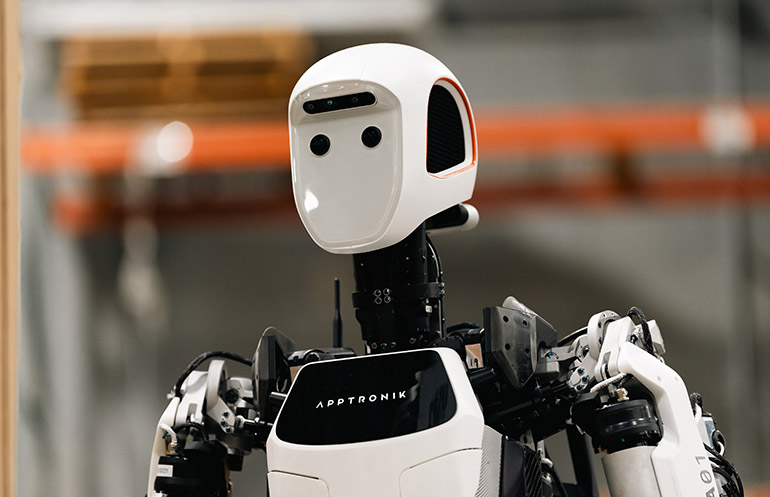RoboBallet Debuts: AI Choreographs Factory Robots for Precision and Grace

Introduction
A new AI breakthrough called RoboBallet—developed by UCL, Google DeepMind, and Intrinsic—reveals how advanced algorithms can choreograph robotic arms with unprecedented speed and adaptability in industrial settings. This announcement signals a step-change for factory automation and collaborative robotics, addressing long-standing challenges in efficiency and safety.
How RoboBallet Works
RoboBallet leverages the latest advances in graph neural networks and reinforcement learning to orchestrate multiple robotic arms. The system rapidly computes complex multi-step motions, enabling robots to move in concert without collisions, even in tightly constrained spaces. Demonstrations showed plans that previously required several minutes of calculation now generated in seconds, marking a dramatic leap in productivity and flexibility for manufacturers[3].
Significance in Manufacturing
Unlike traditional programming of industrial robots—where each motion path must be manually specified and validated—RoboBallet allows for adaptive and expressive movement. This means robots can adjust to changes in their environment or tasks in real time, significantly reducing downtime and improving safety for human coworkers. Industry experts hailed the technology for its potential to "unlock more expressive, safe multi-arm coordination," opening up new use cases from electronics assembly to rapid prototyping[3].
Expert Reactions and Critical Feedback
Robotics researchers and manufacturers praised the elegance and reliability of RoboBallet's planning, with several calling it a "leap toward collaborative robotics at scale." However, some experts cautioned about scalability in uncontrolled, highly variable environments—a reminder that while transformative, RoboBallet is still an evolving technology that needs further validation in complex, real-world factories[3].
Future Implications
The RoboBallet project points to an era where AI doesn't just plan movement, but enables truly intelligent collaboration between robots and humans. As manufacturing lines demand ever-faster reconfiguration, such AI-driven systems could become central to "smart factories" powering next-generation industry. The team behind RoboBallet suggests that with future refinements, similar approaches will empower robots to learn from each other and from human teammates, accelerating the pace of industrial innovation.
How Communities View RoboBallet: AI Robot Choreography
The debut of RoboBallet has sparked active debate across social platforms, especially on X/Twitter and AI subreddits.
-
Enthusiastic Optimists (≈40%): Users like @robofactory and r/Futurology highlight RoboBallet's potential to revolutionize factory automation, boost productivity, and improve workplace safety. Many share videos of fluid robot motion, calling the demo mesmerizing and a sign of AI maturity.
-
Technical Skeptics (≈25%): Roboticists and engineers, such as @simondelaney and commenters in r/robotics, question scalability to chaotic factory settings and raise concerns about potential job displacement and reliability under unforeseen errors.
-
Industry Pragmatists (≈20%): Executives and manufacturing specialists, noted by @manuAI, underline practical business use cases, with posts focusing on integration times, cost-benefit, and compliance. Several mention piloting RoboBallet in live settings.
-
Ethical and Labor Advocates (≈10%): Voices in r/WorkReform and @aiethics now discuss the worker impact, advocating for upskilling programs alongside AI adoption to mitigate job disruption.
-
Academic Reviewers (≈5%): Figures like Prof. Helena Li (@deepRobotics) provide technical overviews, praising RoboBallet's algorithmic depth but flagging the need for open benchmarks and more peer-reviewed studies.
Overall, the sentiment is largely positive, with excitement about real-world impact tempered by thoughtful discussion on deployment risks and labor implications.